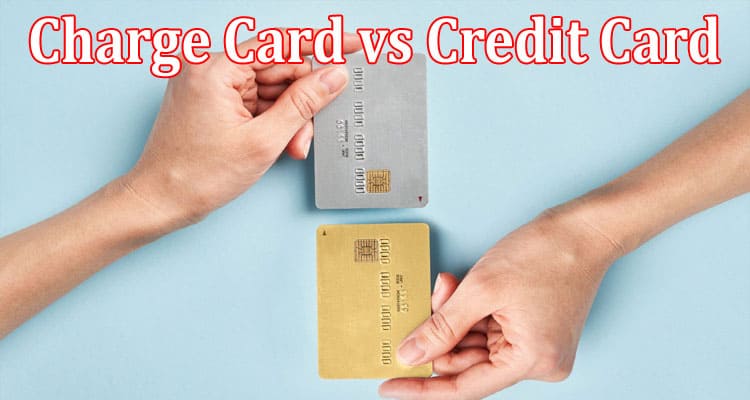Charge Card vs Credit Card: Unmasking the Myths
Within the realm of plastic money, understanding the subtle and not-so-subtle differences between the types of cards can lead to more effective financial management. For instance, what is the difference between a charge card and a credit card? While both may appear similar on the surface, they hold distinct characteristics beneath that shiny exterior. Let’s unmask the myths surrounding these two financial tools and dive into their unique attributes.
The Basic Distinction: Understanding Charge and Credit Cards
At their core, both charge and credit cards allow you to make purchases without immediate cash payment. But here’s where they diverge: a credit card comes with a pre-set spending limit and allows for balance carryover with interest, while a charge card offers no pre-set spending limit but requires full payment of the balance each month. Imagine choosing between a buffet and à la carte meal; both serve food, but the consumption rules vary.
The No Debt Attraction: Unpacking the Charge Card
One of the standout features of a charge card is the ‘pay in full’ requirement each month. This mechanism is like a financial alarm clock, ensuring that cardholders don’t fall into the slippery slope of accumulated interest and mounting debt. Therefore, charge cards can be an effective tool for those who desire to keep their spending habits in check while still enjoying the convenience of card-based transactions.
Flexibility Factor: The Credit Card Advantage
On the other hand, credit cards provide a level of flexibility that charge cards do not. With the ability to carry over balances and make minimum monthly payments, credit cardholders can manage larger expenses over an extended period. Imagine this as paying for a large feast in small, digestible portions. However, this flexibility comes at a cost in the form of interest charges, which can add up if balances are not promptly paid off.
Fee Fundamentals: Comparing the Cost Structures
The cost structures of charge cards and credit cards also differ significantly. Charge cards often come with high annual fees but usually offer more generous reward programs in return. Credit cards may or may not carry an annual fee but can lead to interest charges if balances are carried over. It’s a bit like choosing between buying a movie ticket with unlimited popcorn or paying per snack; the best choice depends on your consumption habits.
Choosing Wisely: Deciphering the Best Fit
When it comes to choosing between a charge card and a credit card, it boils down to individual financial habits and needs. A charge card may suit those who can pay off their balance each month and wish to avoid the temptation of debt. Conversely, a credit card like the SoFi can offer more flexibility for those needing to spread out payments over time. Their website states, ‘SoFi offers unlimited 2% cash back on all eligible purchases. There are no spending reward caps to be worried about.’ It’s like selecting the right tool from a toolbox – the task determines the best choice.
Understanding the differences between a charge card and a credit card can empower you to make informed decisions about your financial management. By unmasking the myths and acknowledging the unique attributes of each, you can harness these tools effectively to meet your financial goals. Remember, it’s not about which is better universally but which is better for you.




